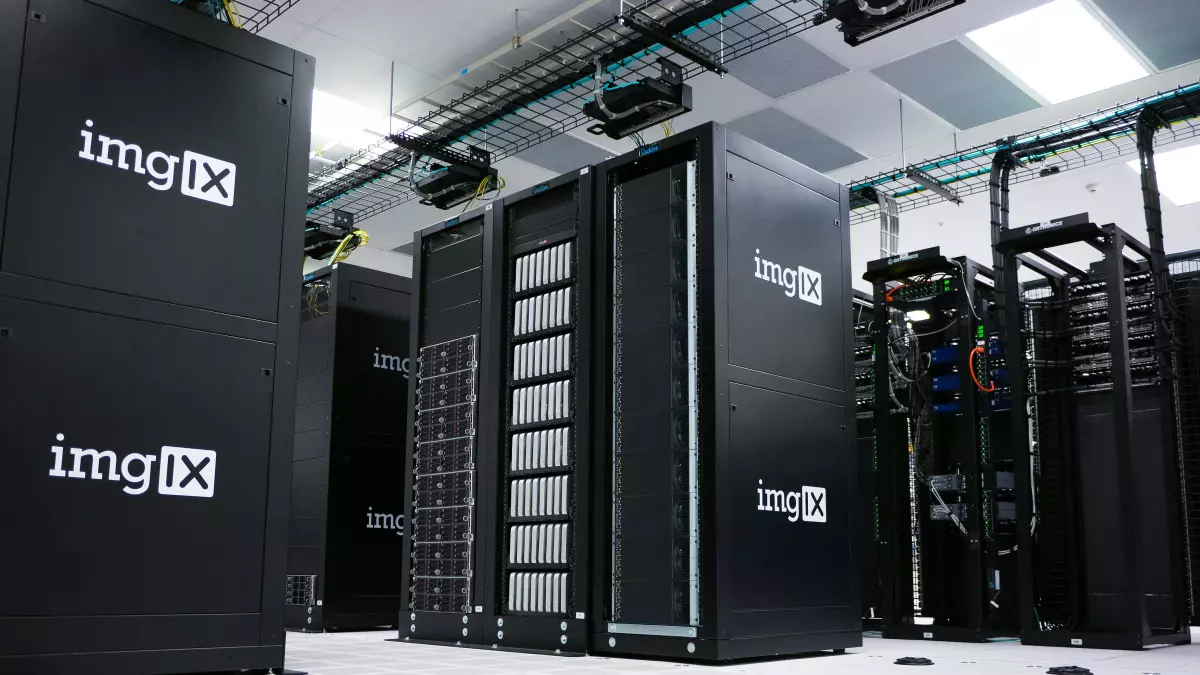Scaling Up
How do you handle a data tsunami? When your dataset grows from gigabytes to petabytes, traditional storage solutions just won’t cut it. So, what’s the answer?

By Wei-Li Cheng
In the world of big data, scalability is king. Whether you're running a startup or managing a massive enterprise, the ability to scale your data storage solutions is critical to keeping your operations smooth and efficient. But here's the catch: not all storage solutions are created equal. Some are built for speed, others for capacity, and some for flexibility. So, how do you choose the right one for your needs?
Let’s dive into the world of scalable storage solutions and explore how they can revolutionize the way you handle big data. We’ll cover the key players, the tech behind them, and how to make sure your storage solution grows with your data.
Why Scalability Matters
Imagine this: your company is growing, and so is your data. What started as a few gigabytes of customer information has ballooned into terabytes, or even petabytes, of data. If your storage solution can’t keep up, you’re going to hit a wall—fast. This is where scalability comes in.
Scalable storage solutions allow you to expand your storage capacity as your data grows, without having to overhaul your entire system. Whether you’re dealing with structured or unstructured data, scalability ensures that your storage infrastructure can handle the load without breaking a sweat.
But scalability isn’t just about adding more storage. It’s about doing it efficiently. You need a solution that can scale both horizontally (adding more machines) and vertically (upgrading existing machines) without causing downtime or performance issues.
Types of Scalable Storage Solutions
Now that we know why scalability is important, let’s talk about the different types of scalable storage solutions available today. Each has its strengths and weaknesses, so it’s crucial to choose the one that fits your specific needs.
1. Cloud Storage
Cloud storage is the go-to solution for many businesses looking to scale their data storage. Services like Amazon S3, Google Cloud Storage, and Microsoft Azure offer virtually unlimited storage capacity, and you only pay for what you use. The best part? You can scale up or down as needed, making it a flexible and cost-effective option.
However, cloud storage isn't perfect. Latency can be an issue, especially if your data needs to be accessed in real-time. Plus, data transfer costs can add up quickly if you're constantly moving large datasets in and out of the cloud.
2. Distributed File Systems
Distributed file systems like Hadoop Distributed File System (HDFS) and Ceph are designed to handle massive amounts of data across multiple machines. These systems allow you to store and process data in parallel, making them ideal for big data applications.
One of the biggest advantages of distributed file systems is their ability to scale horizontally. Need more storage? Just add more machines to the cluster. However, setting up and managing a distributed file system can be complex, and it may require specialized skills to maintain.
3. Object Storage
Object storage is another popular option for scalable data storage. Unlike traditional file systems, which organize data in a hierarchical structure, object storage stores data as individual objects. This makes it easier to scale, as you don’t have to worry about managing complex directory structures.
Object storage solutions like OpenStack Swift and MinIO are designed to handle large amounts of unstructured data, making them ideal for big data applications. However, object storage may not be the best choice if you need to access your data in real-time, as it tends to have higher latency than other storage solutions.
Choosing the Right Solution
So, how do you choose the right scalable storage solution for your big data needs? It all comes down to your specific requirements. Here are a few factors to consider:
- Data Type: Are you dealing with structured or unstructured data? Some storage solutions are better suited for one type over the other.
- Access Speed: Do you need real-time access to your data, or can you afford some latency?
- Cost: How much are you willing to spend? Cloud storage is flexible but can get expensive, while distributed file systems may require a larger upfront investment.
- Scalability: How quickly is your data growing? Make sure your storage solution can scale both horizontally and vertically to meet your future needs.
The Future of Scalable Storage
As data continues to grow at an exponential rate, scalable storage solutions will become even more critical. We’re already seeing innovations like edge computing, which allows data to be processed closer to where it’s generated, reducing latency and bandwidth costs. Meanwhile, advancements in AI and machine learning are helping to optimize storage systems, making them more efficient and cost-effective.
In the future, we can expect to see even more integration between storage and processing frameworks, allowing businesses to handle larger datasets with greater ease. Whether you’re storing data in the cloud, on-premises, or in a hybrid environment, the key to success will be finding a solution that can scale with your needs.
So, are you ready to scale up?





